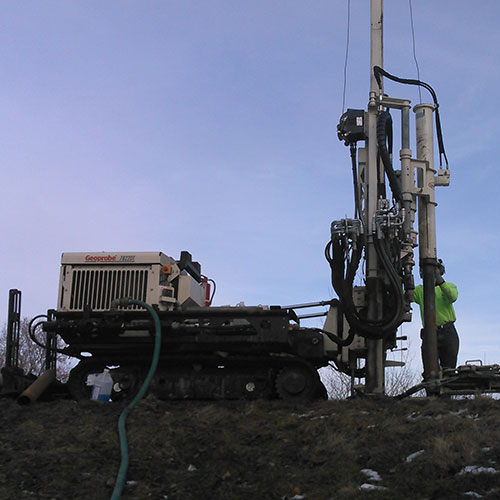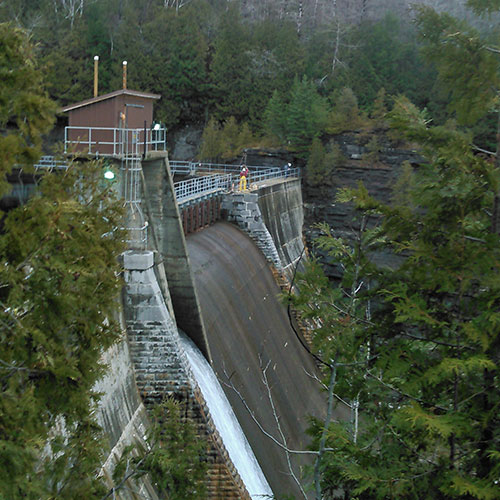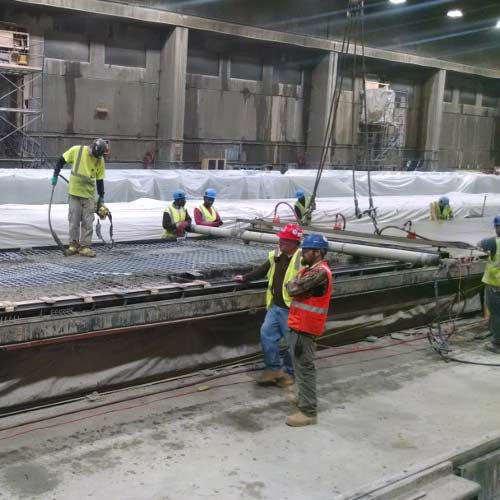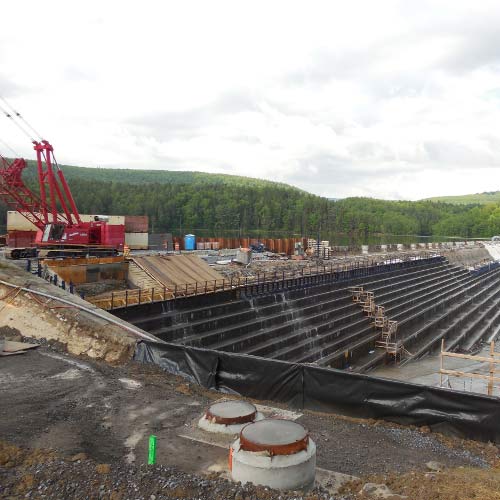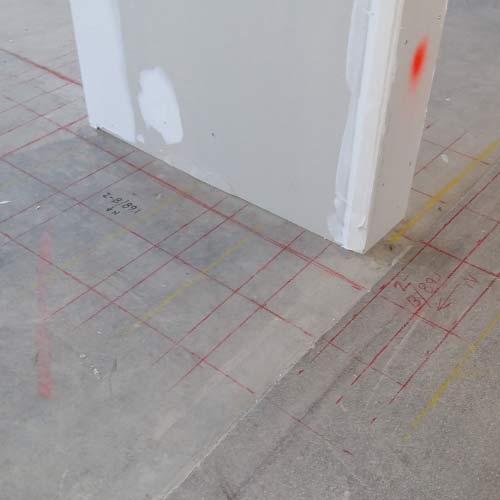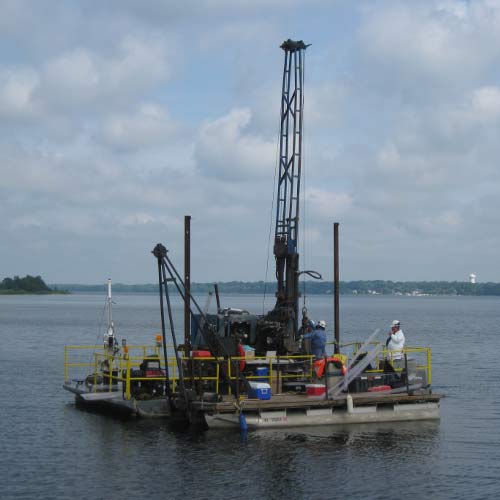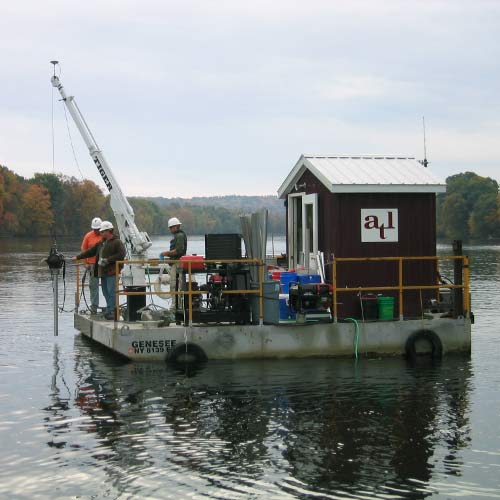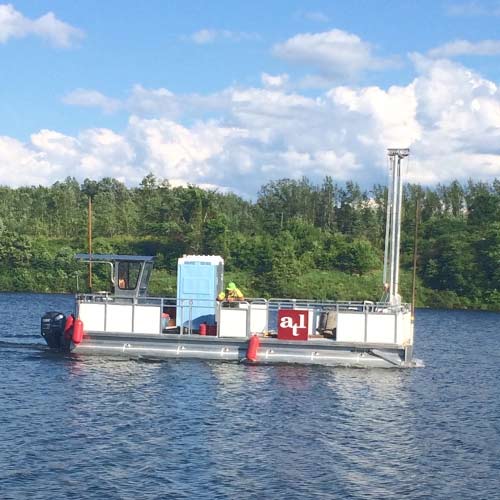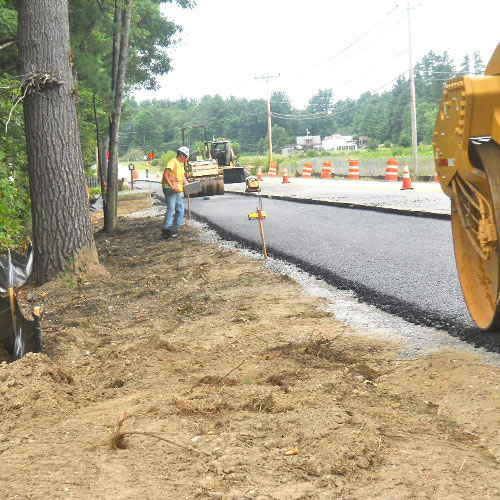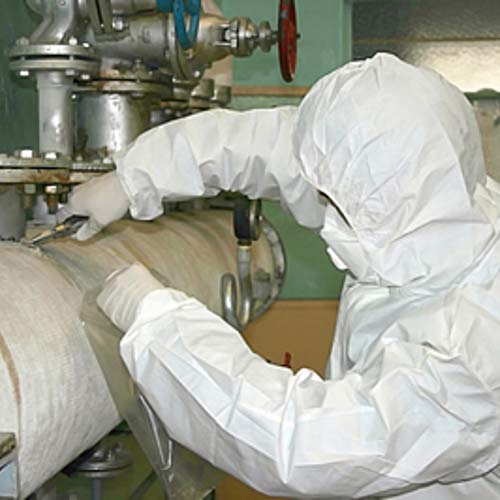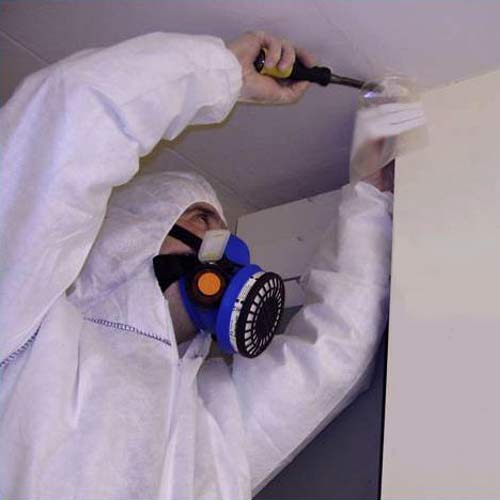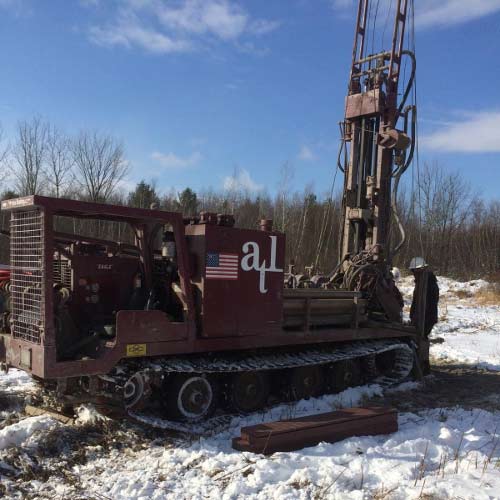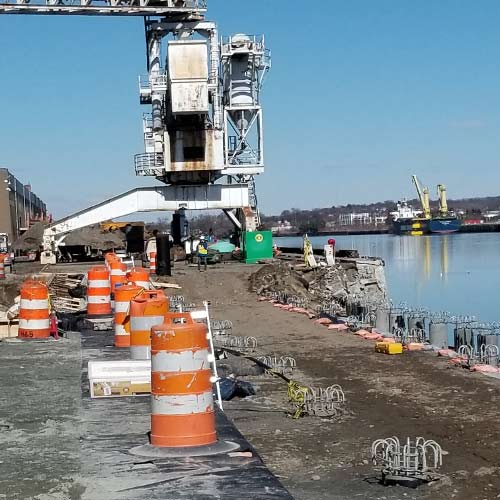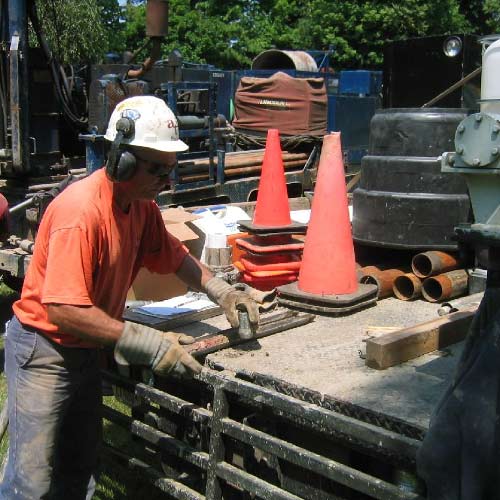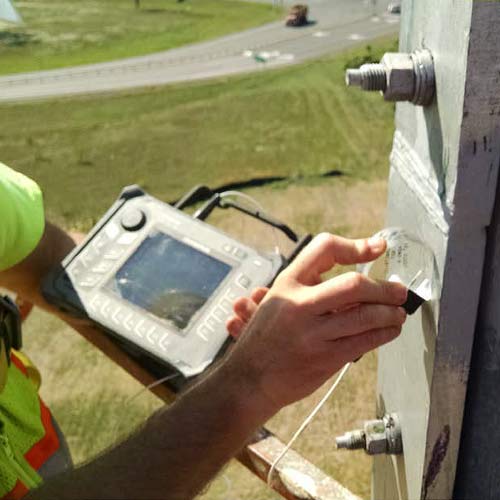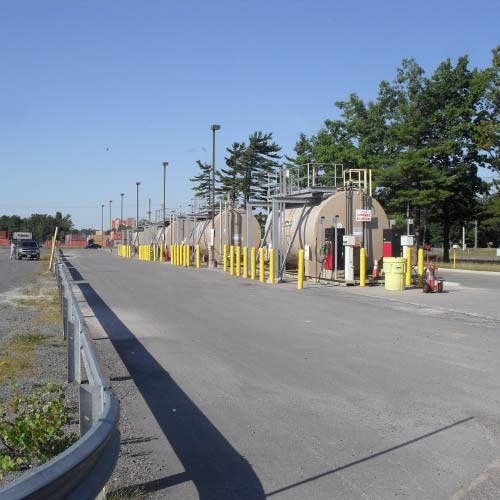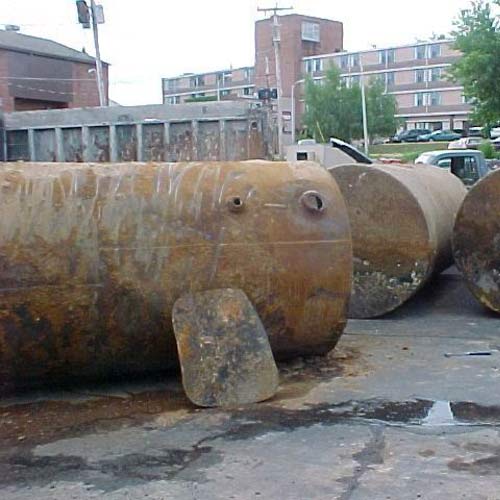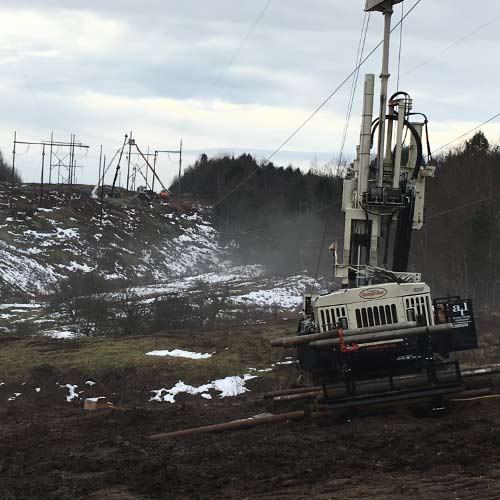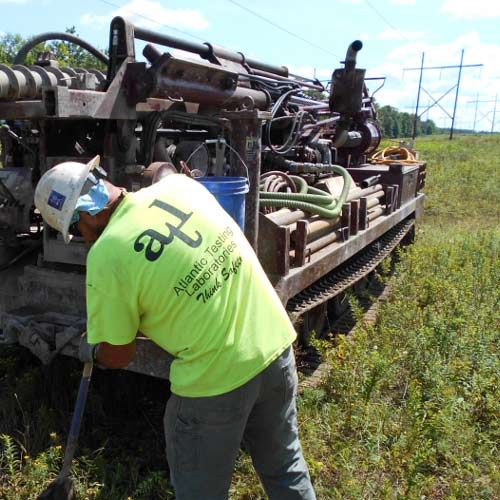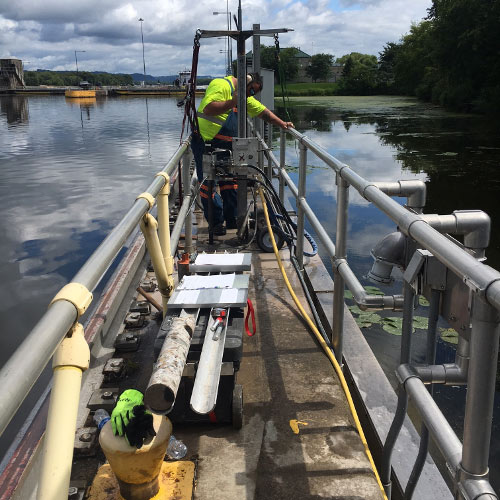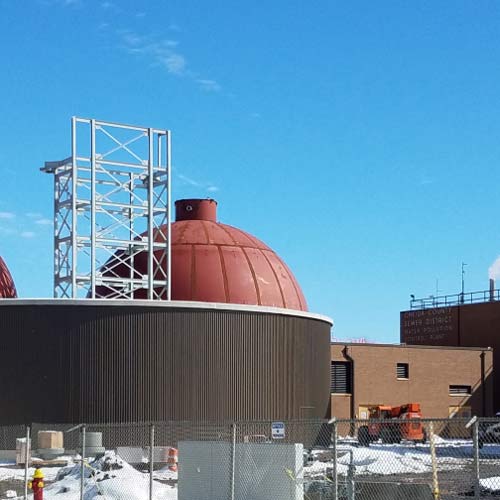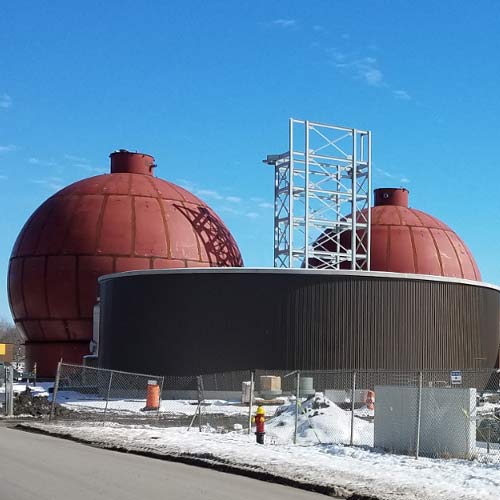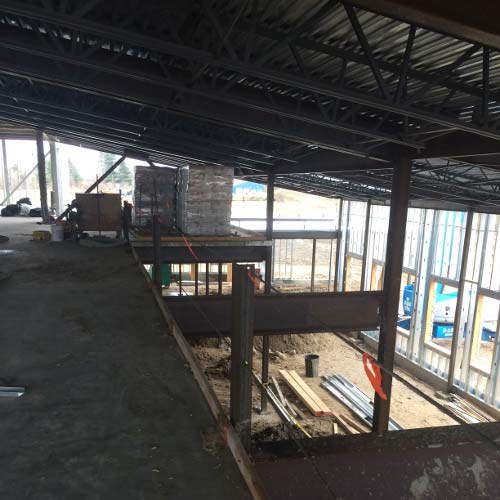Knowing the chloride content of concrete is critical in determining the potential for steel reinforcing to corrode within the concrete. Chloride is a negatively charged ion that causes reinforcing steel to corrode. Chlorides can be introduced to the concrete from a number of sources. The most common source of chloride ions is deicing salts but they can also come from aggregates, mix water, accelerating admixtures, and even from adjacent soils.
There are three commonly used test methods of chloride content determination of hardened concrete:
- ASTM C 1218 for determining water-soluble content
- ASTM C 1152 for determining the acid-soluble content
- AASHTO T 260 which can be used to determine both acid and water-soluble content.
The test method for the water-soluble chloride content provides you with the amount of chloride that is readily available to promote corrosion. The test method for acid-soluble chloride determines the amount of chloride that is readily available and the amount that is potentially available but is chemically bound in the concrete components. Typically these tests are performed on a concrete core at varying depths so a profile of the chloride migration into the concrete can be determined. Knowing the depth of the chloride migration will assist in determining whether or not the reinforcing steel is at risk of being compromised.
Atlantic Testing Laboratories (ATL) can provide any of the aforementioned chloride content determination services. ATL has been providing laboratory testing and engineering support services from our AASHTO and US Army Corps of Engineers accredited laboratories for over 50 years.
For more information on these laboratory tests and other services, contact us at info@atlantictesting.com.


